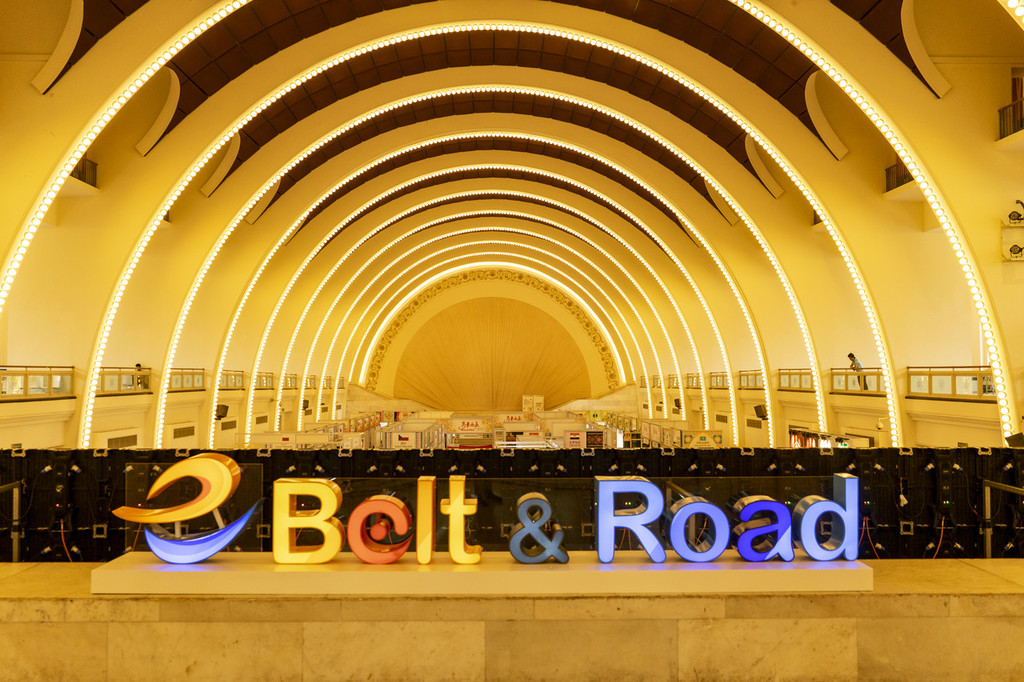BRI praised by Slovakia and Hungary
By Prime Sarmiento in Hong Kong | China Daily | Updated: 2019-09-16 15:30

The Belt and Road Initiative is taken as a key source of growth in the next few years for two Central European and two Southeast Asian nations, according to their ministers.
In an interview with China Daily, Slovakia's Deputy Finance Minister Dana Meager and Hungarian Minister of State for Financial Policy Affairs Gabor Gion said their countries' geographical positions in Europe made them ideal regional hubs for transportation and logistics network.
Meager and Gion were in Hong Kong from Sept 11-12 to attend a meeting on the Belt and Road Initiative.
Meager said Slovakia "is in the heart of Europe. (It is) at the crossroads of east-west and north-south connection". Hungary's Gion said his country "is situated at the very center of Europe. From a logistics points of view, it's a great place".
Gion said Hungary's strategic location made it possible for the country to host one of the key infrastructure projects under the initiative. He is referring to the 350-kilometer high-speed railway that will connect the Hungarian capital of Budapest with the Serbian capital of Belgrade.
Gion said Hungary's involvement in the BRI is in line with his country's "Opening to the East" policy. Launched in 2010, the "Opening to the East" policy aims to expand Hungarian export markets beyond Europe.
For Meager, who also serves as the plenipotentiary of the Slovak Government for the negotiations on Belt and Road Initiative, said "Slovakia was one of the first countries to understand the potential of BRI".
She said the Belt and Road Initiative is "all about connecting" and Slovakia's strong geographical position has made it ideal for diverse transportation network that can connect people, governments and investors in the BRI.
Railway network
Meager said the railway networks that pass through Slovakia are the fastest ways to transport cargo, making it easier for businesses to cut costs and be more efficient. She said that delivering cargo from Asia to Europe (or vice versa) through the maritime route usually takes 40 to 45 days. But a railway network can cut the travel time to 10 days and Meager said that Slovakia is even targeting to reduce that to eight days.
She said any investment in Slovakia is made in the euro - an international currency. This will help investors to save money as they don't have to incur foreign exchange losses.
"Efficiency, security and safety. This is what Slovakia offers," Meager said.
Meager said Chinese investors can look at the automotive sector, the country's biggest industry. Meager said Slovakia is the world's biggest car producer per capita, manufacturing over 1 million cars each year.
Meager said Chinese investors can also form joint ventures in Slovakia's other key sectors such as steel milling, chemical manufacturing and pulp and paper.
prime@chinadailyapac.com
(China Daily 09/16/2019 page11)
























